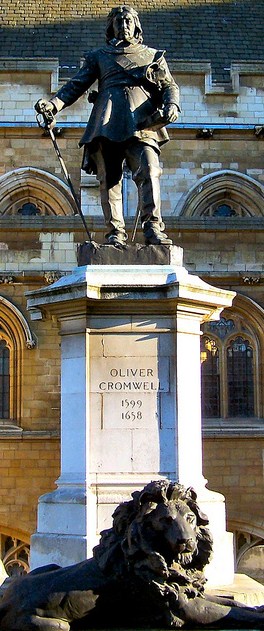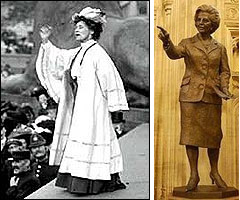MONTHLY BLOG 71, HOW IS GROWING INEQUALITY DIVIDING THE BRITISH TORIES FROM WITHIN?
If citing, please kindly acknowledge copyright © Penelope J. Corfield (2016)
How will history interpret the views of millions of Tory voters who voted Leave in the 2016 referendum on the EU? It’s a good question that merits further attention. Since June, many commentators have defined the motivations of the Labour supporters who voted Leave – 37 per cent of all those who voted Labour in 20151 – as an angry rejection of the status quo by the socially and economically ‘left behind’. These electors have justified concerns about the impact of globalisation in eroding traditional industries and of immigration in undercutting working-class earnings. It’s a perception specifically acknowledged by the new PM Theresa May. At the Conservative Party Conference on 5 October 2016 she promised to remedy past injustices with the following words: ‘That means tackling unfairness and injustice, and shifting the balance of Britain decisively in favour of ordinary working-class people’.2
It’s a significant political ambition, albeit complicated somewhat by the fact that a majority of Labour voters in 2015 (63%) actually voted for Remain. May was clearly trying to shift the post-Referendum Conservative Party closer to the centre ground. And it’s a long time since any front-line British political leader spoke so plainly about social class, let alone about the workers.
But Theresa May’s pledge strangely omits to mention the rebellious Tory Leavers. After all, the majority of the national vote against the EU in 2016 came from the 58% of voters who had voted Conservative in the General Election of 2015. They voted for Leave in opposition to their then party leader and his official party policy. In the aftermath of the Referendum, many known Labour supporters, such as myself, were roundly scolded by pro-EU friends for the Labour Party’s alleged ‘failure’ to deliver the vote for Remain. But surely such wrath should have been directed even more urgently to Conservative supporters?
Either way, the Referendum vote made clear once again a basic truth that all door-step canvassers quickly discover. Electors are not so easily led. They don’t do just what their leaders or party activists tell them. Politics would be much easier (from the point of view of Westminster politicians) if they did. That brute reality was discovered all over again by David Cameron in June 2016. In simple party-political terms, the greatest ‘failure’ to deliver was indubitably that of the Conservatives. Cameron could possibly have stayed as PM had his own side remained united, even if defeated. But he quit politics, because he lost to the votes of very many Conservative rank-and-file, in alliance with UKIP and a section of Labour voters. It was ultimately the scale of grass-roots Tory hostility which killed both his career and his reputation as a lucky ‘winner’ on whom fortune smiles.
Divisions within political parties are far from new. Schematically considered, Labour in the twentieth century drew ideas, activists and votes from reform-minded voters from the professional middle class and skilled working class.3 That alliance is now seriously frayed, as is well known.
So what about the Conservatives? Their inner tensions are also hard to escape. They are already the stuff of debates in A-level Politics courses. Tory divisions are typically seen as a gulf between neo-liberal ‘modernisers’ (Cameron and Co) and ‘traditionalists’ Tory paternalists (anti-EU backbenchers). For a while, especially in the 1980s, there were also a number of self-made men (and a few women) from working-class backgrounds, who agreed politically with the ‘modernisers’, even if socially they were not fully accepted by them. It remains unclear, however, why such divisions emerged in the first place and then proved too ingrained for party discipline to eradicate.
Viewed broadly and schematically, the Conservatives in the twentieth century can be seen as a party drawing ideas, leadership and activists from an alliance of aristocrats/plutocrats with middle-class supporters, especially among the commercial middle class – all being buttressed by the long-time endorsement of a considerable, though variable, working-class vote.4 Common enemies, to weld these strands together, appear in the form of ‘socialism’, high taxes, and excessive state regulation.
Today, the upper-class component of Toryism typically features a number of socially grand individuals from landed and titled backgrounds. David Cameron, who is a 5th cousin of the Queen, seems a classic example.5 However, he also has a cosmopolitan banking and commercial ancestry, making him a plutocrat as much as an aristocrat.6 In that, he is characteristic of the big international financial and business interests, which are generally well served by Conservative governments. However, appeals and warnings from the political and economic establishment cut no ice with many ‘ordinary’ Tory members.
Why so? There’s a widening gap between the very wealthy and the rest. The Conservative Leave vote was predominantly based in rural and provincial England and Wales. (Scotland and Northern Ireland have different agendas, reflecting their different histories). The farming communities were vocally hostile to regulation from Brussels. And, above all, the middle-aged and older middle class voters in England’s many small and medium-sized towns were adamantly opposed to the EU and, implicitly, to recent trends in the nation’s own economic affairs.
Tory Leavers tend to be elderly conservatives with a small as well as large C. They have a strong sense of English patriotism, fostered by war-time memories and postwar 1950s culture. They may not be in dire financial straits. But they did not prosper notably in the pre-crisis banking boom. And now the commercial middle classes, typified by shopkeepers and small businessmen, do not like hollowed-out town centres, where shops are closed or closing. They don’t like small businesses collapsing through competition from discount supermarkets or on-line sales. They regret the winnowing of local post-offices, pubs, and (in the case of village residents) rural bus services. They don’t like the loss of small-town status in the shadow of expanding metropolitan centres. They don’t like bankers and they hate large corporate pay bonuses, which continue in times of poor performance as well as in booms. With everyone, they deplore the super-rich tax-avoiders, whether institutional or individual.
Plus, there is the issue of immigration, which puts a personal face on impersonal global trends of mobile capital and labour. Tory-Leavers are worried about the scale of recent immigration into Britain (though tolerant of Britons emigrating to foreign climes). It is true that many middle-class families benefit from the cheap food and services (notably within the National Health Service) provided by abundant labour. But sincere fears are expressed that too many ‘foreigners’ will change the nation’s character as well as increase demand for social welfare, which middle-class tax-payers have to fund.7
A proportion of Tory Leavers may be outright ethnicist (racist). Some may hate or reject those who look and sound different. But many Leavers are personally tolerant – and indeed a proportion of Tory Leavers are themselves descendants of immigrant families. They depict the problem as one of numbers and of social disruption rather than of ethnic origin per se.
Theresa May represents these Tory-Leavers far more easily than David Cameron ever did. She is the meritocratic daughter of a middle-ranking Anglican clergyman, who came from an upwardly mobile family of carpenters and builders. Some of her female ancestors worked as servants (not very surprisingly, since domestic service was a major source of employment for unmarried young women in the prewar economy).8 As a result, her family background means that she can say that she ‘feels the pain’ of her party activists with tolerable plausibility.
Nevertheless, May won’t find it easy to respond simultaneously to all these Leave grievances. To help the working-class in the North-East and South Wales, she will need lots more state expenditure, especially when EU subsidies are ended. Yet middle-class voters are not going to like that. They are stalwart citizens who do pay their taxes, if without great enthusiasm. They rightly resent the super-rich individuals and international businesses whose tax avoidance schemes (whether legal, borderline legal, or illegal) result in an increased tax burden for the rest. But it will take considerable time and massive concerted action from governments around the world to get to serious grips with that problem. In the meantime, there remain too many contradictory grievances in need of relief at home.
Overall, the Tory-Leavers’ general disillusionment with the British economic and political establishment indicates how far the global march of inequality is not only widening the chronic gulf between super-rich and poor but is also producing a sense of alienation between the super-rich and the middle strata of society. That’s historically new – and challenging both for the Conservative Party in particular and for British society in general. Among those feeling excluded, the mood is one of resentment, matched with defiant pride. ‘Brussels’, with its inflated costs, trans-national rhetoric, and persistent ‘interference’ in British affairs, is the first enemy target for such passions. Little wonder that, across provincial England in June 2016, the battle-cry of ‘Let’s Take Back Control’ proved so appealing.

|
Fig.1 Slogan projected onto White Cliffs of Dover |
1 See http://lordashcroftpolls.com/2016/06/how-the-united-kingdom-voted-and-why/
3 What’s in a name? In US politics, the skilled and unskilled workers who broadly constitute this very large section of society are known as ‘middle class’, via a process of language inflation.
4 See A. Windscheffel, Popular Conservatism in Imperial London, 1868-1906 (Woodbridge, 2007); and M. Pugh, ‘Popular Conservatism in Britain: Continuity and Change, 1880-1987’, Journal of British Studies, 27 (1988), pp. 254-82.
5 Queen Elizabeth II is descended from the Duke of Kent, the younger brother of monarchs George IV and William IV. William IV had no legitimate offspring but his sixth illegitimate child (with the celebrated actor Dorothea Jordan) was ancestor of Enid Ages Maud Levita, David Cameron’s paternal grandmother.
6 One of Cameron’s great-great-grandfathers was Emile Levita, a German Jewish financier and banker, who became a British citizen in 1871. Another great-grandfather, Alexander Geddes, made a fortune in the Chicago grain trade in the 1880s: https://en.wikipedia.org/wiki/Family_of_David_Cameron
7 This sort of issue encouraged a proportion of Conservative activists to join the United Kingdom Independence Party UKIP), which drew support from both Left and Right.
8 https://blog.findmypast.co.uk/famous-family-trees-theresa-may-1406260824.html
For further discussion, see Twitter
To read other discussion-points, please click here
To download Monthly Blog 71 please click here




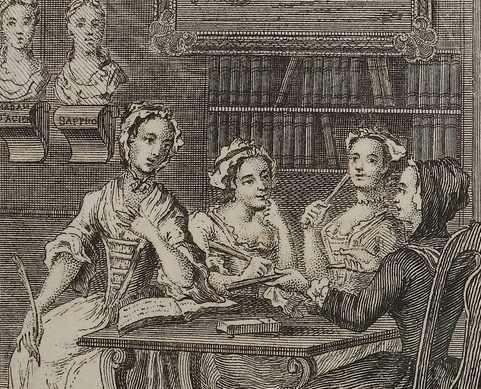
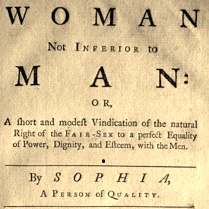






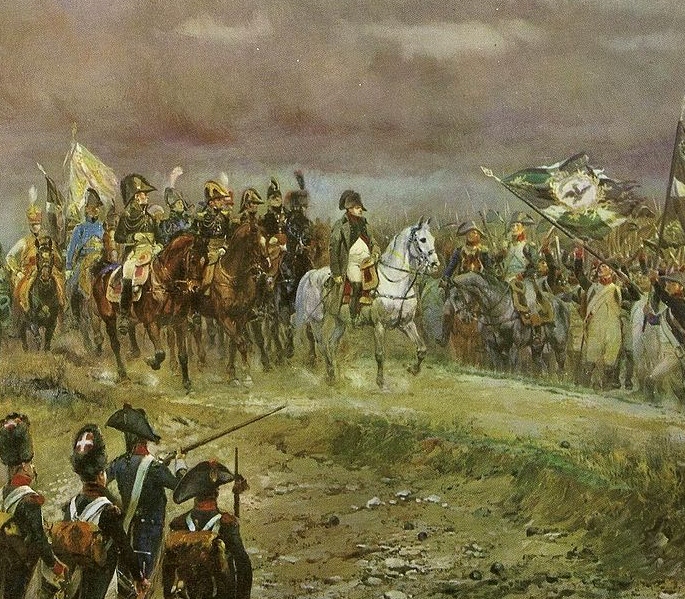







 Matching images to script: People in general express great appreciation of the visuals within the DVD. Credit here goes especially to the picture research of graphic designer Suzanne Perkins and to the film research of the producer/director Mike Marchant. Together they found masses of previously unknown material. Brilliant. It’s a great encouragement for researchers to realise exactly how much remains to be discovered (or sometimes rediscovered) in local archives and film libraries. Visual material is now getting a proper share of attention, transforming how history can be presented. That’s now being taken for granted, although there are still some bastions to fall before the incoming tide.
Matching images to script: People in general express great appreciation of the visuals within the DVD. Credit here goes especially to the picture research of graphic designer Suzanne Perkins and to the film research of the producer/director Mike Marchant. Together they found masses of previously unknown material. Brilliant. It’s a great encouragement for researchers to realise exactly how much remains to be discovered (or sometimes rediscovered) in local archives and film libraries. Visual material is now getting a proper share of attention, transforming how history can be presented. That’s now being taken for granted, although there are still some bastions to fall before the incoming tide. On the other hand, it’s very good to show a striking image just before it’s mentioned in the script. Then as the narrator stresses something or other, viewers share a sense of realisation. Whereas if the images follow just too late, the reverse effect is achieved. Viewers feel slightly insulted: ‘why are you showing me an XXX now, I already know that, because the narrator has just told me’.
On the other hand, it’s very good to show a striking image just before it’s mentioned in the script. Then as the narrator stresses something or other, viewers share a sense of realisation. Whereas if the images follow just too late, the reverse effect is achieved. Viewers feel slightly insulted: ‘why are you showing me an XXX now, I already know that, because the narrator has just told me’. But very hard work. If I’d known at the start what it all entailed, I’d have declined to take on the octopus task of script-writing, co-directing, and organising lots of other people. Especially as I was doing all this in my so-called spare time, as a busy academic historian. Not that I can complain about the Battersea comrades, who shared in the research, the editing, the performances and the design of the DVD cover and publicity. The voices on the DVD are all those of local activists and residents, led by the celebrated actors Tim West and Prunella Scales. One and all were positive and very patient, during the 18 months of protracted effort.
But very hard work. If I’d known at the start what it all entailed, I’d have declined to take on the octopus task of script-writing, co-directing, and organising lots of other people. Especially as I was doing all this in my so-called spare time, as a busy academic historian. Not that I can complain about the Battersea comrades, who shared in the research, the editing, the performances and the design of the DVD cover and publicity. The voices on the DVD are all those of local activists and residents, led by the celebrated actors Tim West and Prunella Scales. One and all were positive and very patient, during the 18 months of protracted effort.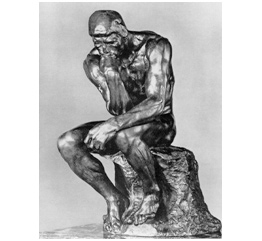 The third and final point relates to the challenge of bringing a historical script up until the present day, without making the conclusion too dated. I decided to make the narrative gradually speed up, with a more leisurely style for the exciting early years and a more staccato survey of the later twentieth century. That manoeuvre was devised to generate narrative drive. But one result was that various sections had to be axed, late in the day. Hence one serious criticism was that the role of pioneering women in Battersea Labour Party, which had appeared in the first Powerpoint lecture, was cut from the DVD. It was a shame but artistically necessary, because too long a retrospective review undermined the narrative momentum. (With the later resources of my website, I could have published the entire script, including axed sections, as a way of making amends).
The third and final point relates to the challenge of bringing a historical script up until the present day, without making the conclusion too dated. I decided to make the narrative gradually speed up, with a more leisurely style for the exciting early years and a more staccato survey of the later twentieth century. That manoeuvre was devised to generate narrative drive. But one result was that various sections had to be axed, late in the day. Hence one serious criticism was that the role of pioneering women in Battersea Labour Party, which had appeared in the first Powerpoint lecture, was cut from the DVD. It was a shame but artistically necessary, because too long a retrospective review undermined the narrative momentum. (With the later resources of my website, I could have published the entire script, including axed sections, as a way of making amends). Copies of the DVD Red Battersea, 1908-2008 are obtainable for £5.00 (in plastic cover) from Tony Belton =
Copies of the DVD Red Battersea, 1908-2008 are obtainable for £5.00 (in plastic cover) from Tony Belton = 